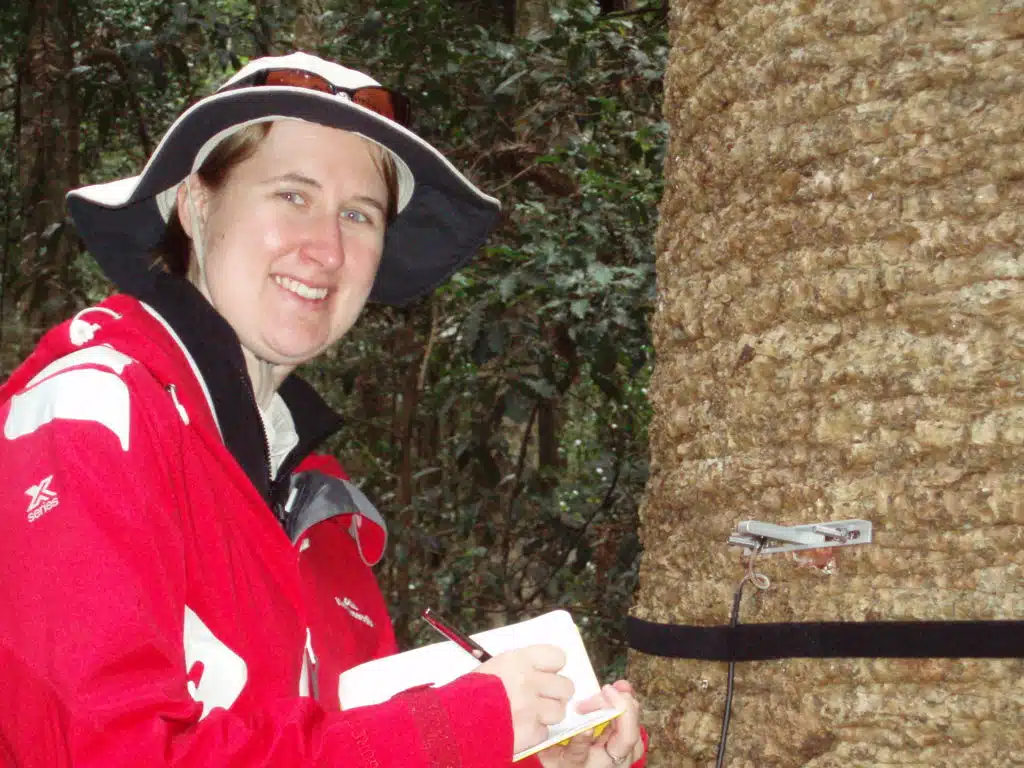Researchers have developed a method to use tropical trees to trace Queensland’s climate up to 600 years ago which will help in predicting future droughts and floods.
“In Queensland, our rainfall records are less than 100 years old and we need longer term data,” says Dr Heather Haines from Griffith University.
“One of the ways to discover past rainfall patterns is to measure tree rings, but in the 1970s and 80s, this was considered too difficult in Queensland’s tropical trees.”
Measuring tropical tree rings is virtually impossible using traditional methods alone as these methods fail to account for the many missing and false rings.
Dr Haines worked with the Australian Nuclear Science and Technology Organisation (ANSTO) to examine tropical tree rings using modern techniques such as radiocarbon dating.
“These new techniques mean we can accurately detect the annual changes in tropical trees and relate that to rainfall,” Dr Haines says.
“The amount of growth observed in Queensland trees like Hoop and Bunya Pines was confirmed to be a response to rainfall conditions.
“We can now use these long-term records to understand the history of flood and droughts in Queensland and suggest how these events will affect us into the future.”





 Fresh Science is on hold for 2022. We will be back in 2023.
Fresh Science is on hold for 2022. We will be back in 2023.